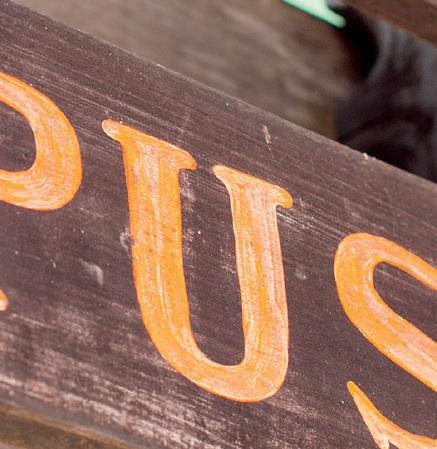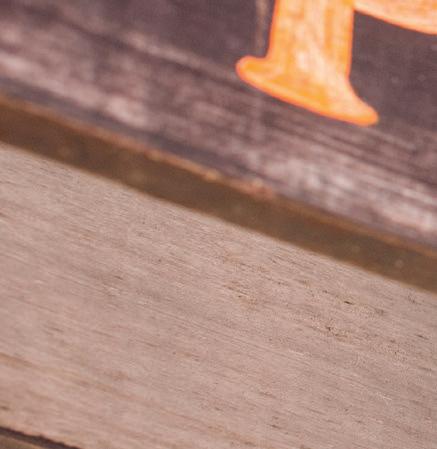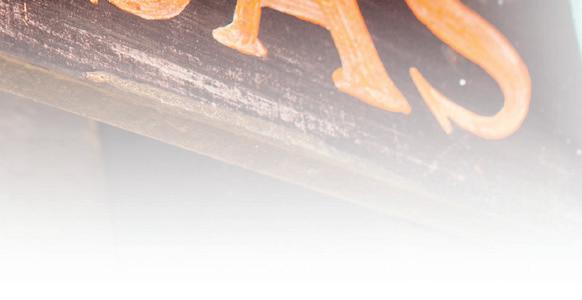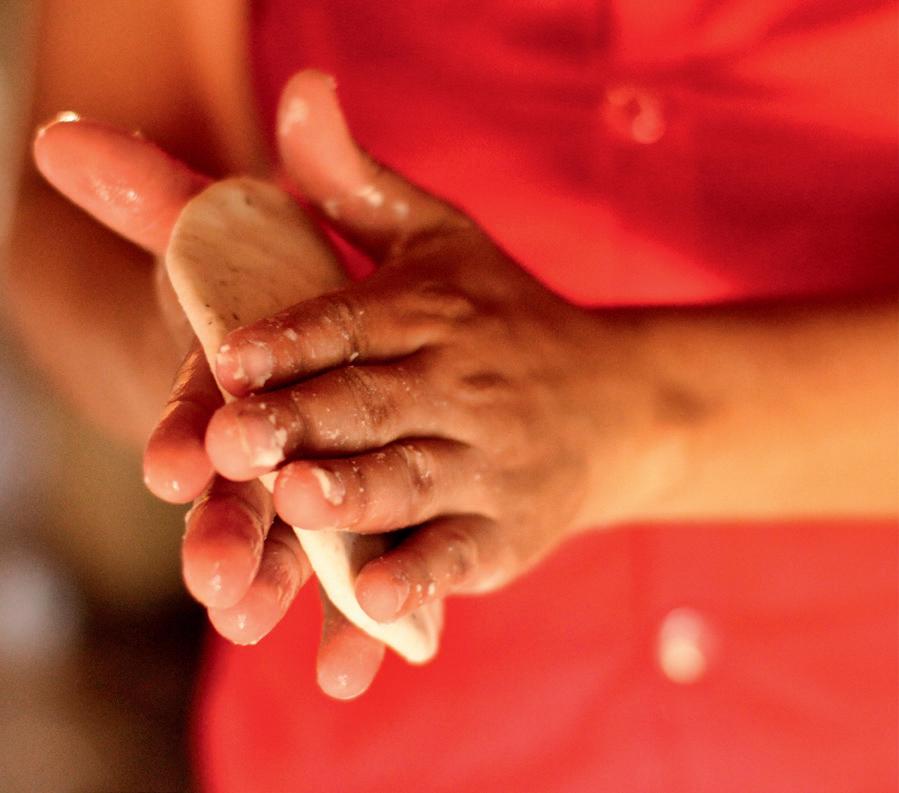BOOK CLUB KIT
NEW YORK TIMES BESTSELLING AUTHOR OF THE LONG PETAL OF THE SEA



















There are as many answers to that question as there are novels, but in the case of The Wind Knows My Name, it starts many years ago, at the Manhattan Theater Club in New York, where I saw a performance of Kindertransport, a play by Diane Samuels based on the true events of children saved from Nazi-controlled territory by organized rescue efforts. The protagonist is a Jewish girl who is sent to England by her parents to save her from the Nazi concentration camps. The heartbreaking decision of those desperate parents to send away their daughter and the trauma that it caused them and the child have haunted me for years. It’s a life-and-death choice that no parent should ever have to make. What happened to those displaced kids? Some were received by kind families, others were met with indifference, some were exploited or abused but they all grew up with holes in their hearts. As a mother and a grandmother, I feel the pain of those families seared in my bones. After reading and watching movies and documentaries about the Kinder-
transport and listening to some interviews of the survivors, I started researching other instances in which children have been separated from their parents, like the Black children sold into slavery, or the Indigenous children taken away from their families to be “civilized” in brutal boarding schools in the United States, Canada, Australia, and other places, or the babies taken away from single mothers to be given into adoption in Ireland. I discovered that this tragedy has been happening for a very long time and it happens in places that are allegedly safe havens. In 2017, the press reported about the systematic separation of children from their families at the United States’ southern border. We learned of screaming children dragged away by border patrol officers, even breastfeeding babies ripped from their mother’s arms. We saw harrowing photos of children in cages and the shameful conditions of minors in detention centers. It was a government policy aimed at discouraging asylum seekers, refugees, and immigrants.
interviews other
Knowing that their children would be taken away, people often ask, who would risk crossing

 Author photograph: © Lori Barra
Author photograph: © Lori Barra
the border? The answer: only those who are running for their lives. And there are hundreds of thousands of desperate people in that situation.
Understandably, as this policy began to receive more press coverage over the next couple of years, there was a national and international outcry. Eventually the policy was revoked, but the practice continued. It may have discouraged many parents, but the influx of unaccompanied minors at the border has only increased.
Twenty-seven years ago, I created a foundation to honor my daughter, Paula, whose premature death broke my heart. The foundation’s mission is to invest in organizations and programs that help vulnerable women and children. In the last several years, one of the ways we have done this is by working with refugees worldwide, especially at the U.S. border. Thanks to the foundation, I sometimes have the honor of meeting the extraordinary people who work tirelessly to alleviate the refugees’ plight, like lawyers who represent children pro bono, social workers, psychologists, and thousands of volunteers moved by compassion and decency. I interviewed some of them as background for this book. They spent many, many hours sharing


their experiences with me—often by phone or Zoom, due to the pandemic.
I have heard so many stories of loss and suffering, but also so many of courage, solidarity, and resilience! I met lawyers like Frank and social workers like Selena. And because the universe conspires to facilitate my work, I also met during my research a Salvadoran woman like Leticia and an old man who inspired Samuel. I consider it my job to listen, to observe, to ask questions. Then, as a novelist, in the quiet moments after these meetings I sit patiently and let fictional characters grow out of these experiences. Soon they are telling me about their lives.
Two amazing women, Lori Barra and Sarah Hillesheim, run the foundation with firm hands and soft hearts. Sometimes I despair at how little we can do with our limited resources, but they remind me that we cannot measure our impact in numbers—we can only measure it a life at a time. And that’s not unlike what I have tried to do in this novel: tell one story at a time. I hope the story of Anita speaks to you.
—Isabel Allende





1. What do you consider the major themes of The Wind Knows My Name?
2. The story. The characters. The settings. The writing style. What are your favorite parts of Isabel Allende’s novel and why?
3. Readers experience the Night of Broken Glass as it happens to the Adler family. Was there anything that surprised you about this act of terror that you hadn’t known? Please discuss.
4. Music saves Samuel. Why do you think music transcends tragedy and comfort souls?
5. Why do you think Leticia believed in the power of St Jude, the patron saint of lost causes, and in St Christopher, the patron saint of travelers, despite abandoning the evangelical church?
6. There are two immigrant stories in the novel. How are they similar, and how are they unique?
7. How much did you know about the El Mozote massacre before reading this book? Why do you think this tragedy isn’t widely known in America?*
8. After Samuel moved to California, his wife Nadine opened up their “enchanted mansion” to bohemians, frustrated artists, and simple wanderers, causing a rift in the marriage. Which side did you fall on and why?
9. What was your initial impression of hotshot lawyer Frank Angileri?
10. On page 89, Selena says “This isn’t about left, right, or any other direction. It’s about finding practical solutions to real problems.” What do you think about her statement?
11. Did you have strong feelings about the U.S. border policies before reading this novel? Did anything about those feelings change after reading it?
12. Reflect on Samuel and Nadine’s 55-year marriage. Why do you think it lasted, despite the divorces and infidelities?
13. A common thread running through the various characters is trauma. Samuel. Leticia. Anita. How do you think each handled their tragic experiences? How did they persevere?
14. How did you feel at the end of The Wind Knows My Name? What did you take away from reading this novel?
* For more information about the El Mozote Massacre, visit the last page of this book club kit.








PREP TIME 20 MINS
COOK TIME 30 MINS
TOTAL TIME 50 MINS
Courtesy of https://www.simplyrecipes.com/pupusas-recipe-6666096
FOR THE DOUGH
2 cups (228g) masa harina (corn flour), white or yellow
1 teaspoon chicken bouillon granules, optional

½ teaspoon salt
1 ½ to 2 cups boiling water


2 tablespoons (28g) butter or lard, softened
Vegetable oil, for cooking

FOR THE FILLING
1 cup shredded mozzarella cheese or Oaxaca cheese
1 cup refried beans, optional

1. MAKE THE DOUGH:
In a large mixing bowl, mix together the masa harina, chicken bouillon (if using), and salt.
Add the hot water a little bit at a time while mixing the dough with a rubber spatula, making sure no clumps form. Do not add all the water at once as you may not need it all. It will slowly absorb the liquid, so let it rest for a few minutes and, if needed, add some more water. The dough should be the consistency of playdough and slightly sticky.
Mix in the butter. Since the dough will be warm, the butter should incorporate easily. Use your hands or a spatula to make sure it’s distributed evenly through the dough.
2. DIVIDE THE DOUGH:
Once the dough is cool enough to handle, wet your hands with a mixture of oil and cold water to keep the dough from sticking to your hands.

Divide the dough in half and then divide each half into 6 pieces for a total of 12 pupusas. Roll them into balls about the size of a golf ball. Keep the dough balls covered with a damp cloth to keep them from drying out as you form the pupusas.
3. SHAPE THE PUPUSAS:
Grab a ball in one hand and flatten it into a 3-inch disk.
Use your thumb to create an indentation in the center and place a tablespoon of beans (if using) and a heaping tablespoon of cheese in the center. Don’t overdo it or the pupusa will overflow.
Gently fold the edges in around the filling to create a ball again and then gently flatten it into a thin 3-inch disk. If your dough starts cracking it may be too dry. Wet your hands and smooth the edges.
4. COOK THE PUPUSAS:
Heat a griddle, large nonstick skillet, or cast iron pan over medium heat. Add a teaspoon of oil, repeating as you cook each batch.
Place 2 to 3 pupusas on the hot griddle (depending on the size of your pan) and cook until the edges look golden and a spatula easily slides underneath, about 3 minutes per side. Serve warm.
When I feel like crying I just think about Tita Edu’s pupusas on Fridays and how she let me help her in the kitchen. I got good at kneading the dough.
In 1981, various left-wing guerrilla groups coalesced into the Farabundo Martí National Liberation Front to ght against El Salvador’s military dictatorship.
On December 10, 1981, the soldiers from the dictatorship’s Atlacatl battalion arrived in El Mozote, a Salvadoran village made up of some twenty- ve houses, with a small church, a rectory, and a school. They were farmers, cultivating corn, yucca, and avocado on small parcels of land with their neighbors. The Atlacatl battalion’s objective was to terrorize the rural population to keep the people from supporting the insurgents. The next morning the soldiers separated the men on one side of the village and women on the other, the children were sent to the rectory, which they called the convent. Few survived the torture that followed. They also killed the animals and set re to the houses and elds.



“The bloodbath had been perpetrated by a military operative trained by the CIA at the infamous School of the Americas, in Panama, to combat insurgents from the Farabundo Martí National Liberation Front. . . . In reality, it was a war against the poor . . . a systematic attempt to root out any and all leftist movements, especially the guerrillas.
the



For over ten years, the government had denied the massacre, destroying all evidence and silencing reports from the few fearful survivors, but, with the end of the civil war, the truth nally came to light.” (from The Wind Knows My Name)
Although accountability and justice remain elusive, more than 40 years later. the children were sent to the rectory, which they